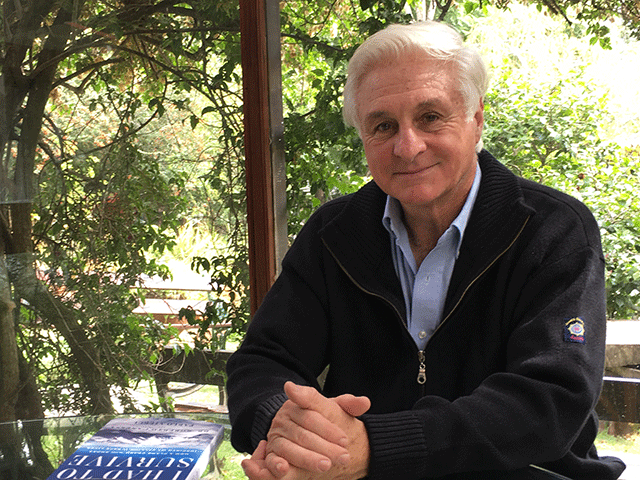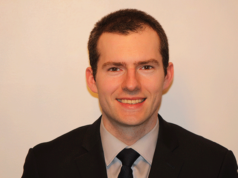
Roberto Canessa is one of 16 survivors from Uruguayan Air Force Flight 571, which crashed into the Andes Mountains on 13 October 1972. He and his fellow survivors were forced to eat the flesh of the deceased passengers to survive. Together with Fernando Parrado, he spent 10 days trekking through the Andes in search of help. In this commentary, he discusses his life after the crash—including his work as a paediatric cardiologist.
When I was writing I Had to Survive: How a Plane Crash in the Andes Inspired My Calling to Save Lives with my friend, writer Pablo Vierci, I had one purpose in mind: to delve into myself to find the connections between the accident I suffered at 19—when the plane to Chile carrying my rugby teammates and I crashed into the Andes mountain range—and its impact in my life afterward; in particular, my work as a cardiologist specialising in paediatric congenital cardiopathies.
Stranded in the mountains in 1972 with no rescue in sight, we had to become our own rescuers. Two of us crossed the Andes on foot and when we returned home, we visited the families of the deceased. I realised then that I could not lead just any type of life. What would those families, who had received us with such tenderness, say? Could I live an easy life, dedicated exclusively to myself? Or a different life, in honour and in service to all of those who did not make it?
The book explores the connections between what I lived in the Andes—when the world had declared us dead—and my patients, to whom I dedicate my life. These children who have yet to be born, who suffer from congenital cardiopathies, have even less than we did in the mountains. They do not even have a photograph; they barely have a sonogram.
The special aura surrounding the tragedy—or the miracle—of the Andes has allowed me to open the doors of the foremost medical centres in the world to patients from public hospitals in Uruguay. I was able to help create a network of solidarity around the globe; a collaborative effort between exceptional doctors of science and humanity, who are willing to collaborate and give of their time, knowledge, and goodwill to care for children with congenital cardiopathies from any place and any social status.
As I learned in the mountains, a team only works when its members give the best of themselves, and this humanitarian chain of doctors, to which links are being added every day, is forming a formidable team. We have become aware that most of us have much more than we need, and do much less than we can. We have learned and that it shouldn’t take a plane crash for us to realize this and to start doing more for others.
We will continue to add links to this chain, in areas like paediatric cardiology, which makes rapid advancements each day, constantly requiring more doctors. The mere act of working together for a common cause will make us better people and better doctors.
Canessa was the keynote speaker at the 2018 annual meeting of the Society of for Cardiovascular Angiography and Interventions (SCAI; 25–28 April, San Diego, USA).










